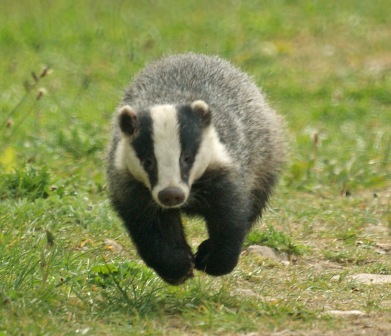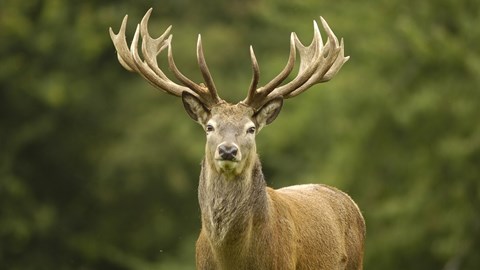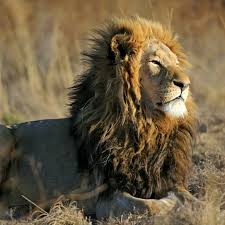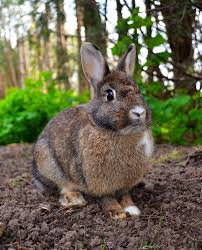Stamp: Scene from The Last Battle by CS Lewis (United Kingdom of Great Britain & Northern Ireland 2025)
Scene from The Last Battle by CS Lewis (United Kingdom of Great Britain & Northern Ireland 2025)
22 May (United Kingdom of Great Britain & Northern Ireland ) within release The Chronicles of Narnia, by CS Lewis (2025) goes into circulation Stamp Scene from The Last Battle by CS Lewis face value 1st No Face Value
| Stamp Scene from The Last Battle by CS Lewis in catalogues | |
|---|---|
| Colnect codes: | Col: GB 2025.05.22-02d |
Stamp is horizontal format.
stamp from se-tenant strip of four. Face value £1.70 on day of issue.Also in the issue The Chronicles of Narnia, by CS Lewis (2025):
- Stamp - Mr Beaver Leads the Children to His House face value 1st;
- Stamp - Scene from Prince Caspian by CS Lewis face value 1st;
- Stamp - Scene from The Horse and His Boy by CS Lewis face value 1st;
- Stamp - Scene from The Last Battle by CS Lewis face value 1st;
- Stamp - Scene from The Lion, the Witch and the Wardrobe by CS Lewis face value 1st;
- Stamp - Scene from The Lion, the Witch and the Wardrobe by CS Lewis face value 1st;
- Stamp - Scene from The Magician’s Nephew by CS Lewis face value 1st;
- Stamp - Scene from The Silver Chair by CS Lewis face value 1st;
- Stamp - Scene from The Voyage of the Dawn Treader by CS Lewis face value 1st;
- Stamp - The Battle between Aslan and the White Witch face value 1st;
- Stamp - The Children and the Beavers Call for Edmund face value 1st;
- Se-tenant - The Chronicles of Narnia, by CS Lewis face value 4*1st;
- Se-tenant - The Chronicles of Narnia, by CS Lewis face value 4*1st;
- Mini Sheet - The Chronicles of Narnia, by CS Lewis Collector Sheet face value 10*1st;
- Souvenir Sheet - The Lion, the Witch and the Wardrobe, 75 Years face value 4*1st;
- Stamp - The White Witch takes Edmund Captive face value 1st;
Stamp Scene from The Last Battle by CS Lewis it reflects the thematic directions:
Animals are multicellular, eukaryotic organisms of the kingdom Animalia (also called Metazoa). All animals are motile, meaning they can move spontaneously and independently, at some point in their lives. Their body plan eventually becomes fixed as they develop, although some undergo a process of metamorphosis later on in their lives. All animals are heterotrophs: they must ingest other organisms or their products for sustenance.
Badgers are short-legged omnivores in the family Mustelidae (which also includes the otters, wolverines, martens, minks, polecats, weasels, and ferrets). Badgers are a polyphyletic rather than a natural taxonomic grouping, being united by their squat bodies and adaptions for fossorial activity. All belong to the caniform suborder of carnivoran mammals.
Bears are carnivoran mammals of the family Ursidae (/ˈɜːrsɪdiː, -daɪ/). They are classified as caniforms, or doglike carnivorans. Although only eight species of bears are extant, they are widespread, appearing in a wide variety of habitats throughout most of the Northern Hemisphere and partially in the Southern Hemisphere. Bears are found on the continents of North America, South America, and Eurasia. Common characteristics of modern bears include large bodies with stocky legs, long snouts, small rounded ears, shaggy hair, plantigrade paws with five nonretractile claws, and short tails.
A deer (pl.: deer) or true deer is a hoofed ruminant ungulate of the family Cervidae. It is divided into subfamilies Cervinae (which includes, among others, muntjac, elk (wapiti), red deer, and fallow deer) and Capreolinae (which includes, among others reindeer (caribou), white-tailed deer, roe deer, and moose). Male deer of almost all species (except the water deer), as well as female reindeer, grow and shed new antlers each year. These antlers are bony extensions of the skull and are often used for combat between males.
The horse (Equus ferus caballus) is one of two extant subspecies of Equus ferus. It is an odd-toed ungulate mammal belonging to the taxonomic family Equidae. The horse has evolved over the past 45 to 55 million years from a small multi-toed creature, Eohippus, into the large, single-toed animal of today. Humans began to domesticate horses around 4000 BC, and their domestication is believed to have been widespread by 3000 BC. Horses in the subspecies caballus are domesticated, although some domesticated populations live in the wild as feral horses. These feral populations are not true wild horses, as this term is used to describe horses that have never been domesticated, such as the endangered Przewalski's horse, a separate subspecies, and the only remaining true wild horse. There is an extensive, specialized vocabulary used to describe equine-related concepts, covering everything from anatomy to life stages, size, colors, markings, breeds, locomotion, and behavior.
Лев (Panthera leo) — крупный представитель семейства кошачьих рода Panthera, обитающий в странах Африки к югу от Сахары и Индии. У него мускулистое тело с широкой грудью, короткая округлая голова, круглые уши и тёмный пучок волос на кончике хвоста. У него ярко выражен половой диморфизм: взрослые самцы крупнее самок и имеют густую гриву. Это социальный вид, образующий группы, называемые прайдами. Львиный прайд состоит из нескольких взрослых самцов, родственных самок и детёнышей. Группы львиц обычно охотятся вместе, охотясь в основном на средних и крупных копытных. Лев — высший и ключевой хищник.
Rabbits are small mammals in the family Leporidae (which also includes the hares), which is in the order Lagomorpha (which also includes pikas). The European rabbit, Oryctolagus cuniculus is the ancestor of the world's hundreds of breeds of domestic rabbit. Sylvilagus includes 13 wild rabbit species, among them the seven types of cottontail. The European rabbit, which has been introduced on every continent except Antarctica, is familiar throughout the world as a wild prey animal, a domesticated form of livestock and a pet. With its widespread effect on ecologies and cultures, in many areas of the world, the rabbit is a part of daily life – as food, clothing, a companion, and a source of artistic inspiration.







